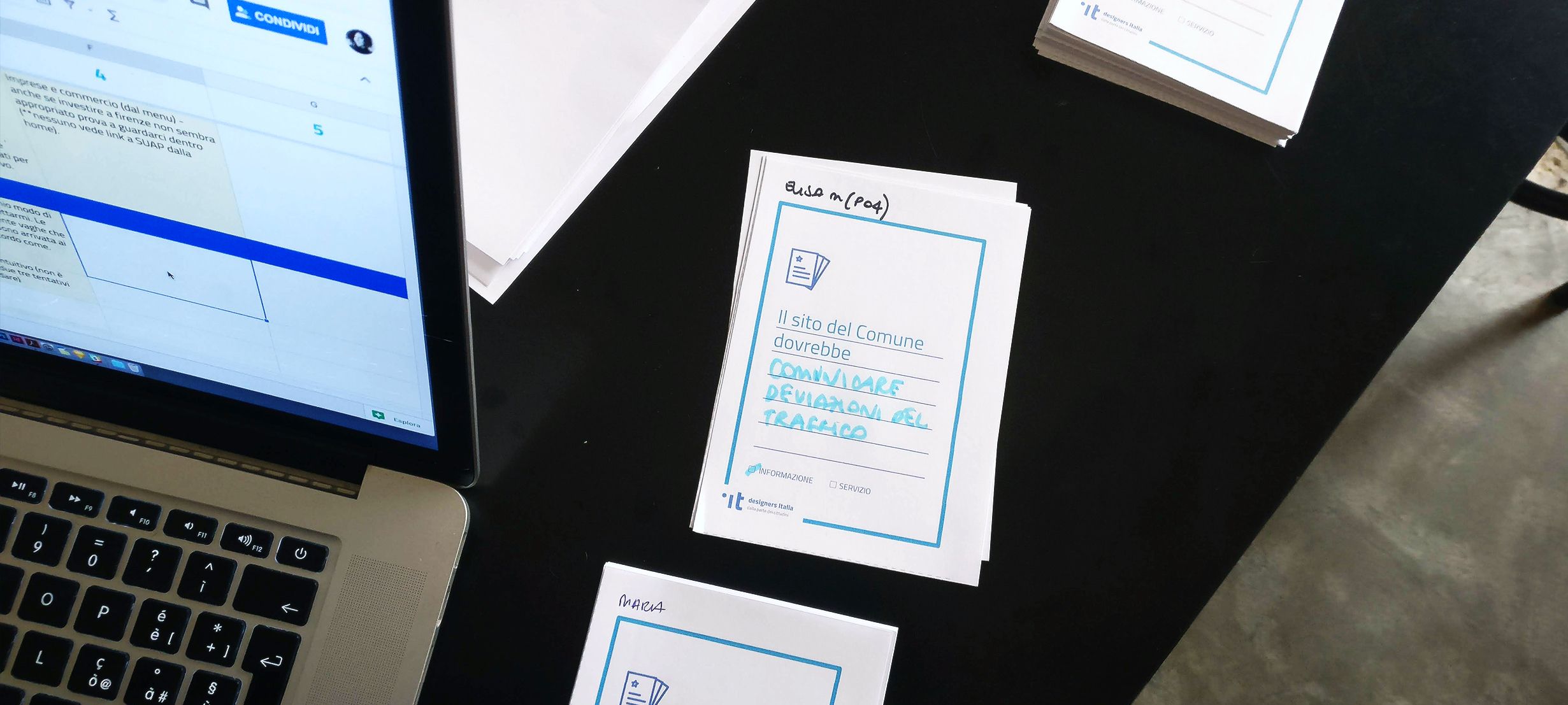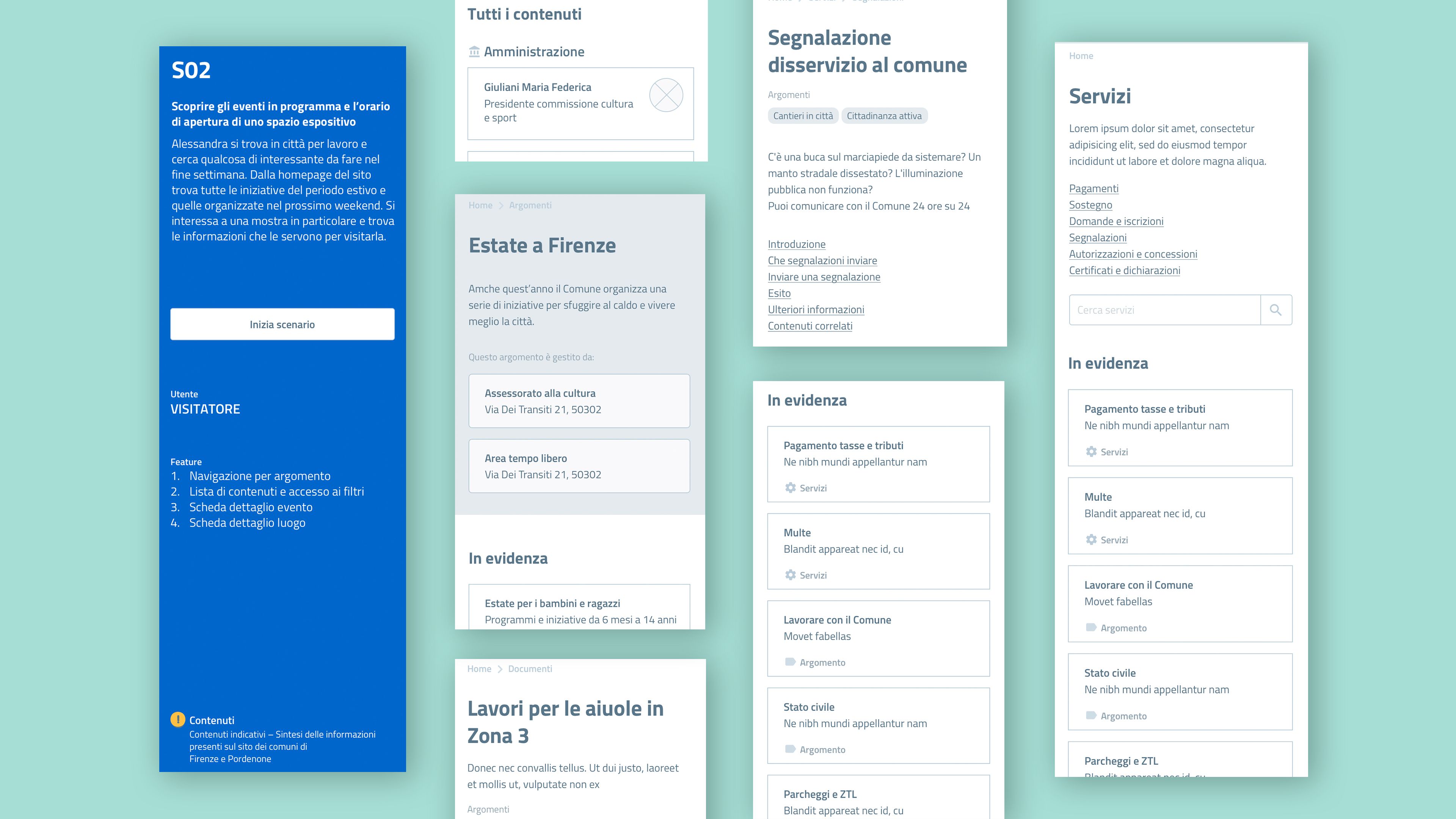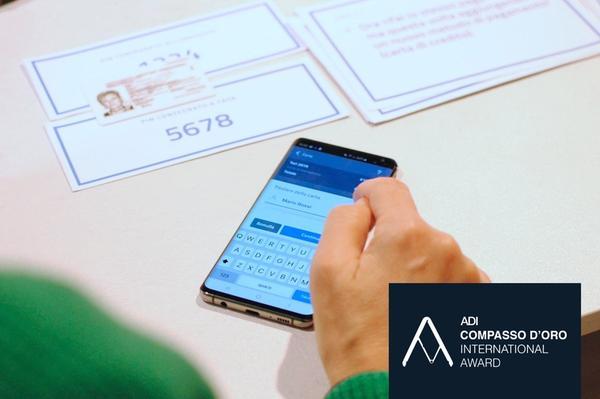The first templates for the websites of Italian municipalities
Supporting the Italian government delivering a reference content and visual template for the web presence of all Italian municipalities
How can we leverage existing best practices to prevent Italian municipalities from having to start website development from scratch every time?
We started from an analysis of the current guidelines promoted by the central government and needs expressed by citizens, in order to consolidate a new reference design and templates.
The new design model has been deployed and adopted by several municipalities in Italy, from Cagliari to the Municipalities in Trentino Region.
Lots of public investments every year are used to digitilize existing services of the public administration.
Starting from 2017, the government tried to regulate this investments by imposing a re-use of the code developed to digitilize public sector services. This has a huge impact on administrations, like municipalities: each municipality in fact need specific digital touchpoints that deliver similar services one to the other, responding to similar needs. By working with the Italian Digital Transformation Team, we started to ask ourselves how to guide their website design to support the spread of best-practices and templates, and help them be compliant with the new regulation and at the same time provide a great user experience to their citizens.

Thanks to several research initiatives (from user testing to ethnographic research) we mapped out all the needs citizens have that require a direct interaction with the municipality, to be supported through either physical or digital channels, or both. This helped identifying specific categories of content, such as "requests", "documents", "news" and "administrative information": categories that could be satisfied with similar patterns in terms of UX. Thanks to that analysis and the identification of a set of hero use cases, we could formulate some hypothesis in terms of wireframes and visual design for the page templates needed under each category, and engage some municipalities in building their website following that guidance.

The activity led to the creation of the first websites in Italy with the new design template. All the material developed in that journey (research insights, low-fidelity and high-fidelity mock-ups, bootstrap template) have been shared with the broader community so that each municipality can leverage that work to build their own website.

